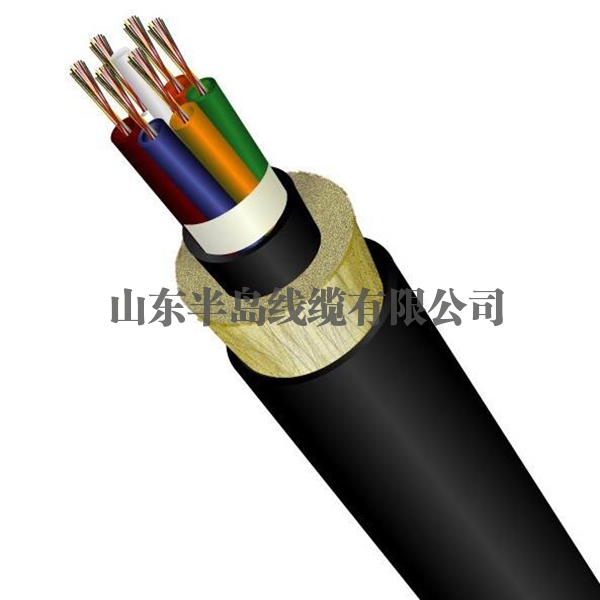
Cables for electrical equipment , that is to say, the armor layer of the control cable is not only steel tape. Generally, there are the following types: copper wire braided shielding, copper tape shielding, steel tape armouring, aluminum tape armouring, and several kinds of combined composite armouring.
There are many kinds of cables with complicated names. The rated voltage is low. The service voltage of these wires and cables is 450/750V and below, and the height is not more than 0.6/1kV. The service voltage of signal and instrument cables is generally 300/500V and below. There are strong current and weak current. The current carrying capacity of the cable is determined according to the use requirements of the cable. The types of insulation materials and sheath materials used for cables are diverse, and their performance indicators are different. The cable has a wide range of applications, but it is highly professional and generally not universal. The simple structure and complex production process of cables have a great impact on product quality. The production of some special cables is very difficult, and special production equipment must be available.
Classification of wires and cables: bare conductors: wires without insulation layer, mainly used for outdoor overhead use. Electromagnetic wire: all wires used on electromagnetic coils are electromagnetic wires. Electromagnetic wires have high requirements for wire technology, and need to adapt to severe environments such as strong vibration, centrifugation, high temperature, corrosion, etc. power cable : Mainly used for transmission and distribution of electric energy. It is characterized by wrapping the conductor with oil impregnated paper, rubber or plastic. This kind of cable has strong corrosion resistance and insulation, can withstand high voltage, and has low requirements for the use environment. Wire and cable for electrical equipment: a kind of wire commonly used in daily life, mainly used for the assembly of electrical equipment and instruments, and the diversion of electric energy. Communication cable: mainly used for transmission of TV, telephone, network, broadcast signal, etc. It is characterized by large signal capacity and strong anti-interference ability. Cables and wires are generally composed of three parts: core wire, insulation sheath and protective sheath. In a narrow sense, a cable refers to a number of conductors with separate insulation layers wrapped inside, which are gathered together and then wrapped by a total insulation layer. Each conductor wrapped with a separate insulating layer inside can be called a wire.
The basic performance requirements of electrical equipment wires and cables are still good and stable electrical performance; However, because the working voltage of most of its products is not high, it is easy to meet. Other special properties (such as high temperature resistance, flexibility and shielding) must be innovated in material selection, structural design and processing technology. Therefore, various special properties with great differences must be carefully studied before measures are taken to meet them.
Requirements for selection of wires and cables: fully understand the variety, specification, structure and performance characteristics of wires and cables when selecting, so as to ensure the service performance and extend the service life of products. Wires and cables for electrical equipment that are resistant to high temperature, cold, have different softness, and have shielding performance must be selected reasonably according to the use conditions. The selection of wires and cables should also be considered in combination with the use of connectors and the rational wiring design of the whole machine. In the wiring design of wires and cables, various external damage and interference factors (mechanical, thermal, lightning, electrical and other factors) should be avoided as far as possible or corresponding protective measures should be taken. The distance, level difference, fixing method and spacing during laying, the form and performance of connector, configuration mode, and cooperation with other line equipment must be carefully studied and correctly designed to ensure the reliable use of wires and cables. Elements of wire and cable selection When selecting cables, the elements of cables must be determined according to the performance and use conditions of cables, and cables shall be selected according to the elements.


